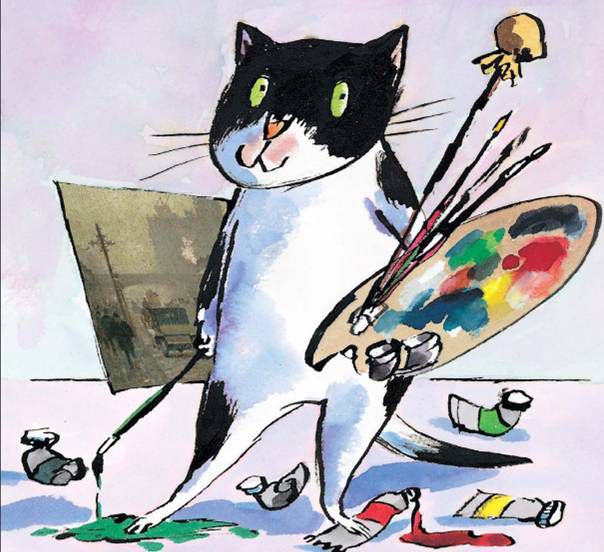Resource created by Manchester Art Gallery
This resource explores a contemporary artist's response to a 1910 painting and encourages pupils to ask questions about the work and to create their own responses.
Curriculum Links
- KS1 and KS2 Art and Design: Great artists, different practices and disciplines.
Discussion Ideas
Key Questions to ask about the painting:
- Who is about to travel? Where to? Why?
- What is the weather like? What clues are there? What time of year is it?
- What is the cab driver thinking about as he sits there waiting?
- What are the groups of people on each side of the painting talking about?
- What would you see if you painted this scene today?
- Why do you think the artist chose to draw this?
Activity Ideas
Scribble Art
- Scribble or shade with a pencil on a piece of paper, then use a rubber to erase the shapes you wish to create to make a street scene similar to the one in the painting
- Sketch in extra details on the people, animals and objects in pencil or other media .
- Give the children a different painting by Adolphe Valette (or other artist). Discuss how they might respond to it through 'scribble art', based on the work by Tony Ross and children can then draw their responses.
- Classes could collectively make a comic strip of a well known fairytale or story using 'scribble art'.
Impressionistic street scene
- Using chalks or pastels on black paper, start with horizontal shading in a light colour to represent the street
- Smudge other colours in to produce a similar effect to the street in the original artwork
- Suggest children build up houses and other buildings in a similar but vertical way – avoiding drawing outlines of buildings, creating their shape instead with the shading
- Children can create old or modern street scenes using this technique
- Alternatively, children could create a silhouette and skyline version of this painting by cutting shapes from black paper and sticking them down on dark blue paper.
What to do next?
- Ask children to divide a piece of paper in half or draw two boxes
- In the first half or box, ask childten to sketch a quick version of either the Tony Ross picture or the Valette painting. Suggest they add speech or thought bubbles
- In the second half or box, ask children to draw what happened next, adding a caption.
Script
- Divide children into two groups, one group having four people
- Ask the group of four to form a 'frozen' scene
- In pairs, the remaining children decide what each of the four people might be saying and write it on a post-it. Or, pairs could take it in turns to 'interview' each other in their role as people in the painting.
- Draw a quick outline of the four people on a board and stick the post-its to the appropriate outline
- Each child suggests something to say as part of a 'run through' of their conversation
- The whole group suggests how these could be improved
- Run through the scene with the improved dialogue
- Children then use this opening dialogue and post-it suggestions to help write a short script
